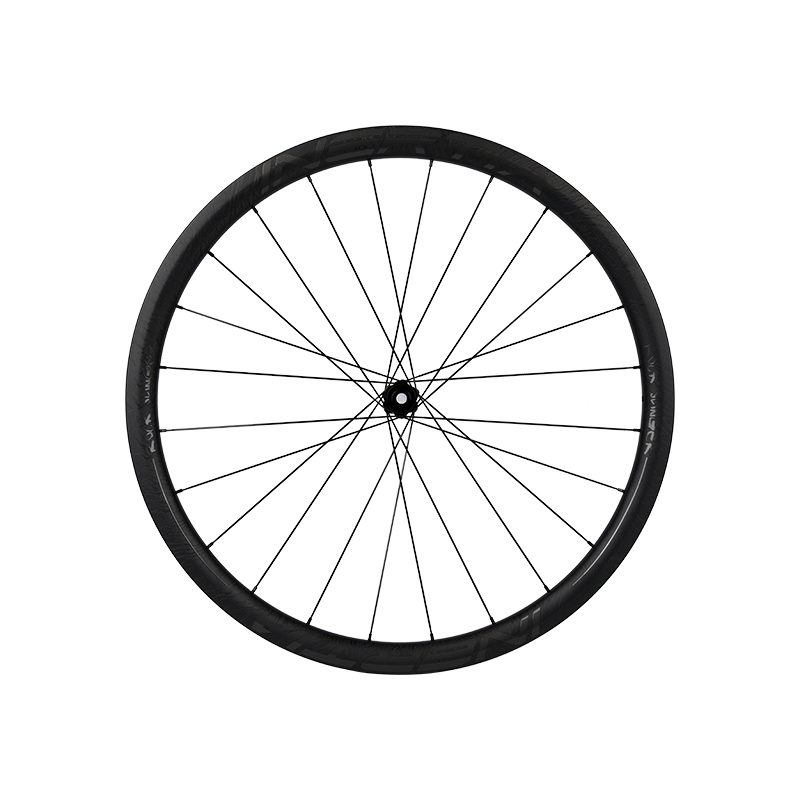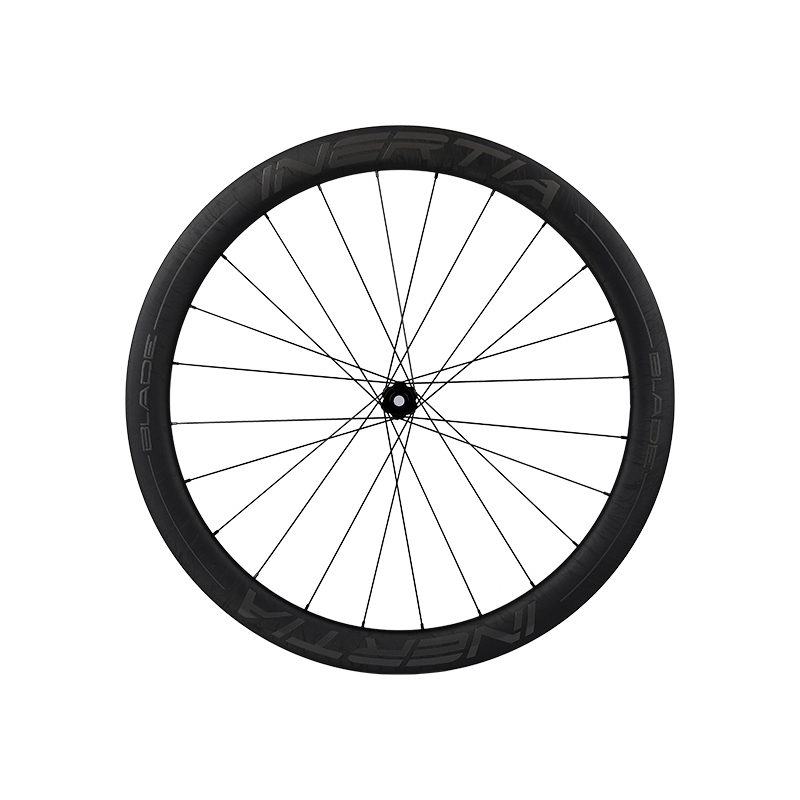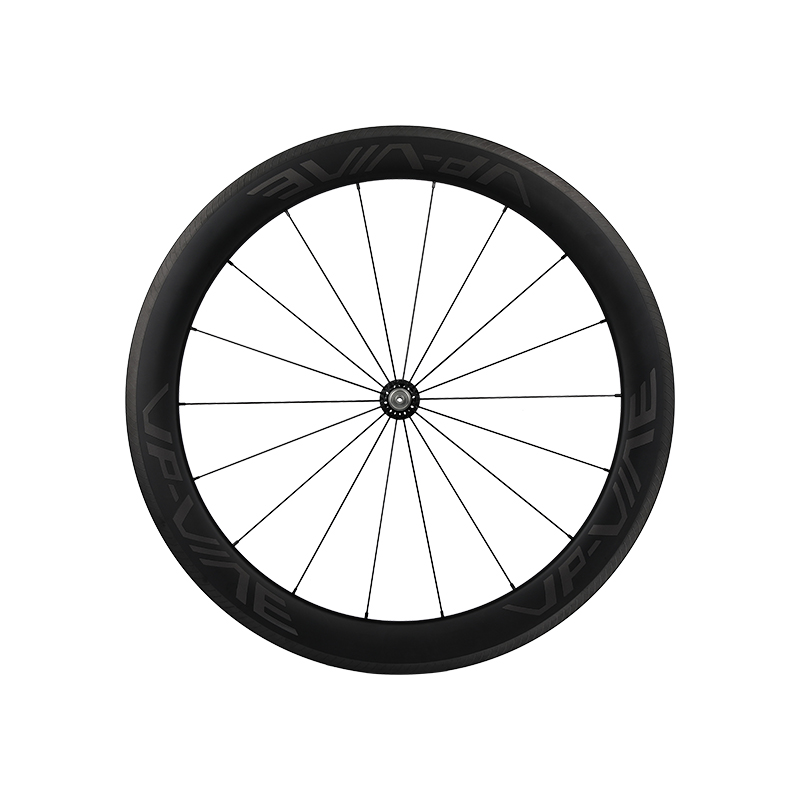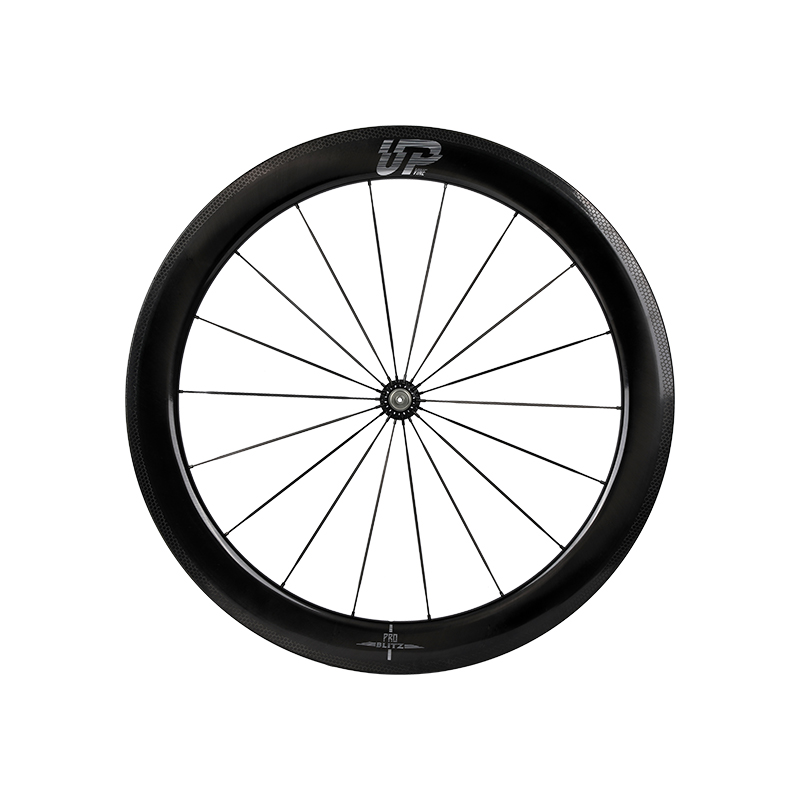The primary difference between clincher, tubular, and road bike wheel set 700c lies in their tire and rim design, affecting their installation, performance, and maintenance. Here's a brief overview of each type:
Clincher Wheels:
Design: Clincher wheels are the most common type. They have a hooked rim profile, and the tire has a bead that "clinches" into the rim.
Tire Installation: Clincher tires are easy to install and remove. They feature an inner tube that holds the air.
Maintenance: Changing a flat tire is relatively straightforward with clinchers. The inner tube can be easily replaced.
Tubular Wheels:
Design: Tubular wheels have a completely different design. The tire is a one-piece unit, with the tire casing sewn around an inner tube. The tire is then glued onto the rim.


Tire Installation: Tubular tires are more challenging to install, and they require glue or tape to adhere to the rim. The gluing process can be intricate.
Performance: Tubulars are known for providing a smoother ride and better rolling resistance. They are often preferred by professional racers.
Maintenance: Fixing a flat on a tubular tire involves removing the tire, replacing the tube, and regluing the tire to the rim.
Tubeless Wheels:
Design: Road bike wheel set 700c are designed to run without an inner tube. The tire and rim form an airtight seal, allowing the tire to hold air without a tube.
Tire Installation: Tubeless tires can be a bit more challenging to install than clinchers due to the need for a tight seal. Some setups may require sealant to fill small punctures.
Performance: Tubeless systems can provide a smoother ride and lower rolling resistance. They also offer the advantage of reduced flats since sealant can seal small punctures on the go.
Maintenance: Fixing a flat in a tubeless system typically involves adding sealant or using a tire plug to seal punctures.



 Español
Español













